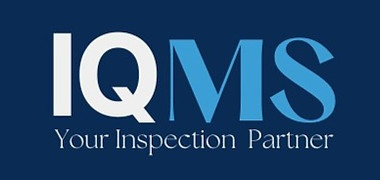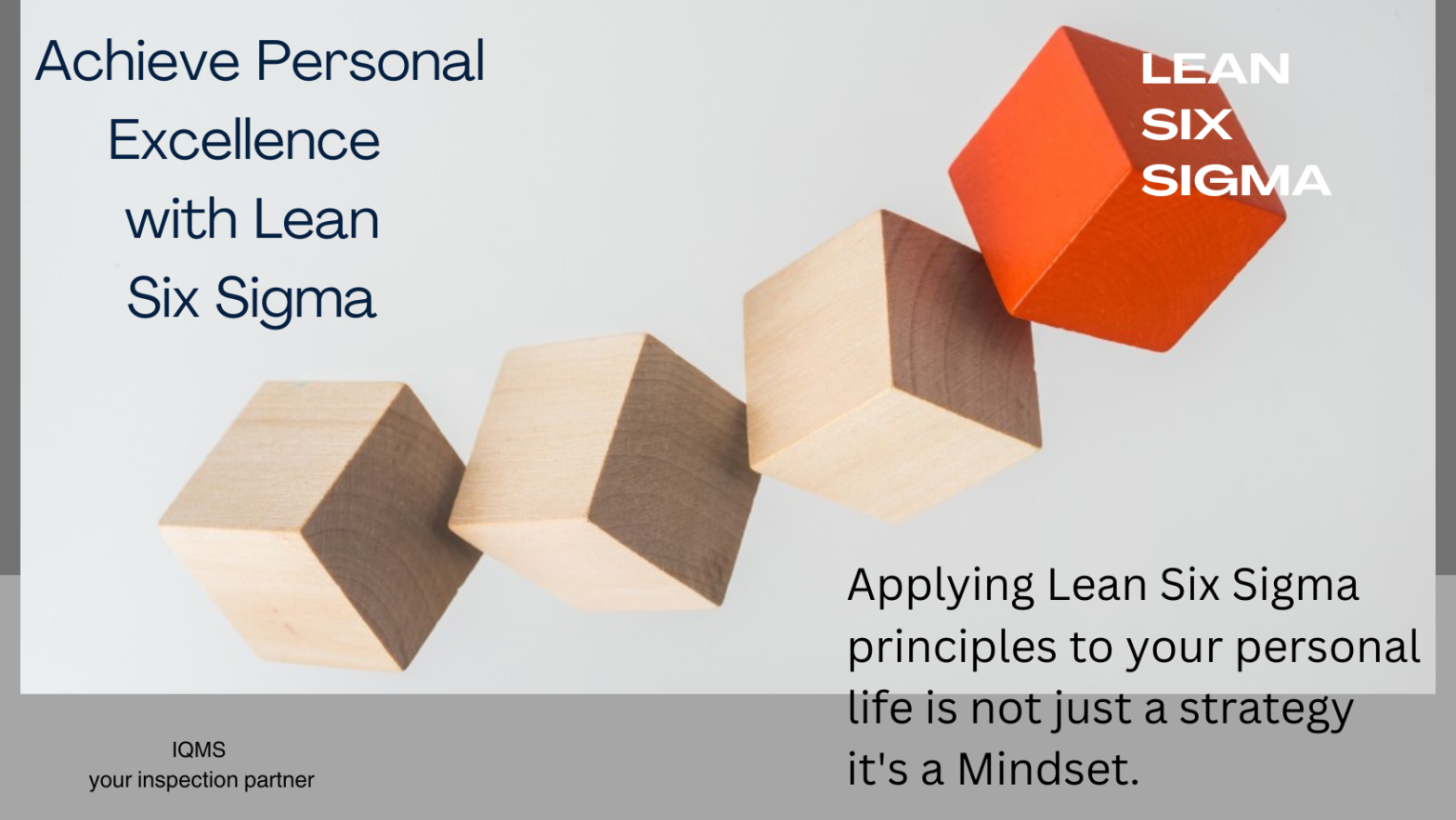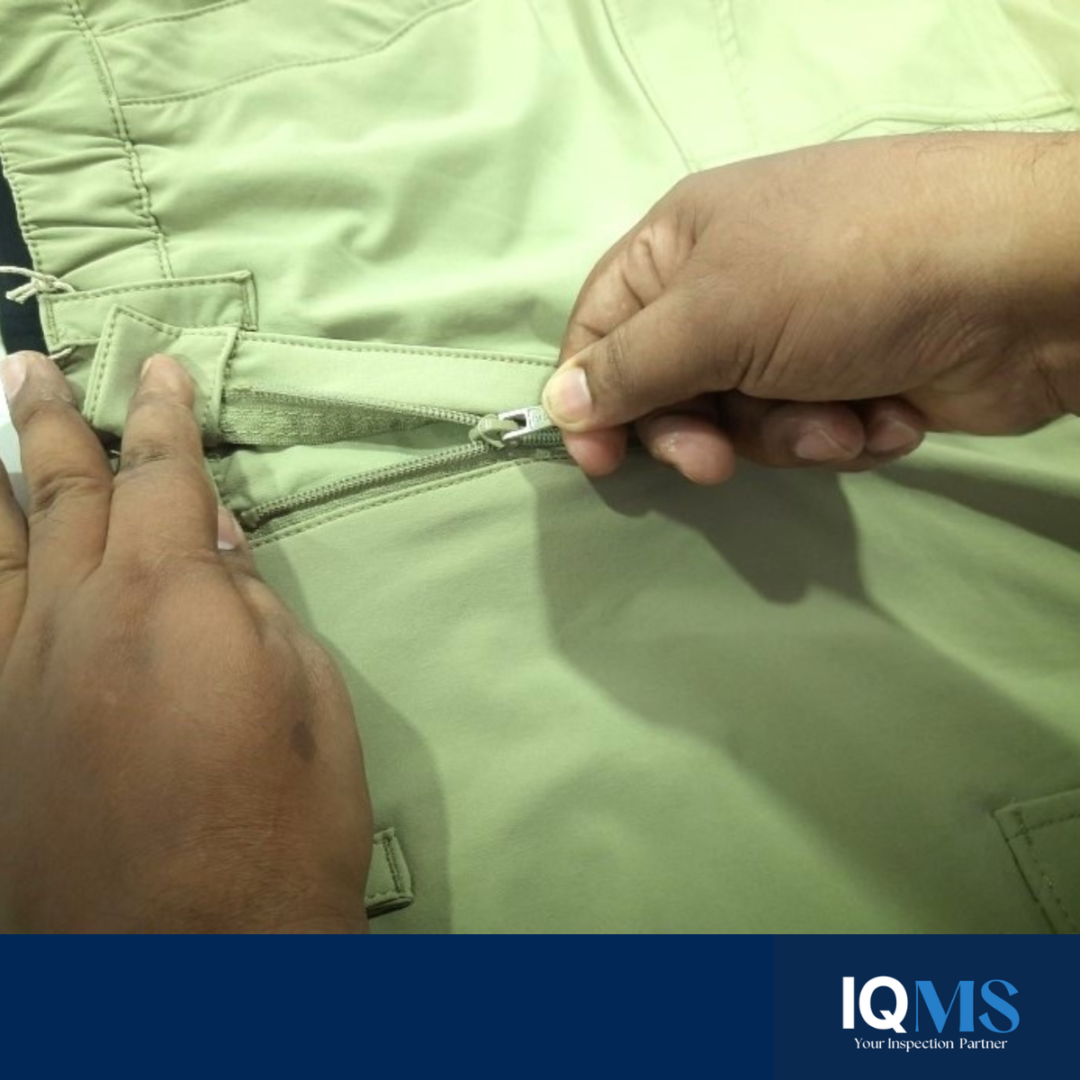“Transform your life with Lean Six Sigma principles! Uncover a roadmap to personal excellence, applying proven methodologies to enhance productivity and achieve your goals. Dive into the world of efficiency and growth”.
#LeanSixSigma #PersonalDevelopment #ContinuousImprovement #IqmsAsia
In the dynamic landscape of personal development, adopting proven methodologies can be a game-changer. Enter Lean Six Sigma, a set of principles traditionally applied in business and manufacturing to streamline processes and boost efficiency. Surprisingly, these principles can also be harnessed for personal growth, enabling you to achieve your goals with precision and purpose.
1. Define Your Goals (Define Phase): Embarking on the Lean Six Sigma journey for personal development begins with the Define phase. Clearly outline your goals using the SMART criteria. For instance, envision a 20% increase in personal productivity, measurable through detailed time tracking and task prioritization.
2. Analyze Your Current State (Measure Phase): The Measure phase involves taking stock of your current situation. Track your daily activities, analyze time allocation, and pinpoint areas of potential improvement. This process serves as a crucial foundation for the subsequent phases.
3. Identify Areas of Improvement (Analyse Phase): With a comprehensive understanding of your current state, delve into the Analyse phase. Employ techniques such as the “5 Whys” to unearth the root causes of inefficiencies. This phase acts as a diagnostic tool, guiding you to identify and address the core issues hindering your progress.
4. Implement Changes (Improve Phase): Armed with insights, transition to the Improve phase. Implement changes that align with your goals. Consider strategies like time blocking to create focused work periods and leverage the Eisenhower Matrix for effective task prioritization. The key is to make informed adjustments that resonate with your unique circumstances.
5. Sustain and Standardize (Control Phase): The Control phase is about sustaining the improvements you’ve made. Establish daily routines and utilize tools like habit trackers to ensure consistency. Just as businesses strive for standardization, embedding these practices into your lifestyle contributes to long-term success.
6. Tools and Techniques: Explore Lean Six Sigma tools tailored for personal use. Utilize Kanban boards for task management, Pareto analysis to identify critical activities, and control charts to monitor ongoing performance. These tools act as compasses, guiding you through the intricacies of personal development.
7. Continuous Improvement: Embrace the ethos of continuous improvement. Regularly review your processes, seek feedback from yourself and others, and remain adaptable. In the spirit of Lean Six Sigma, every iteration brings you closer to personal excellence
In conclusion, applying Lean Six Sigma principles to your personal life is not just a strategy-it’s a mindset. By defining clear goals, measuring your current state, identifying areas for improvement, implementing strategic changes, and maintaining control through sustainable practices, you unlock a path to continuous self-improvement. As you embark on this journey, remember that the pursuit of excellence is not a destination but a continuous process-one that Lean Six Sigma principles can magnify in your personal and professional life.



